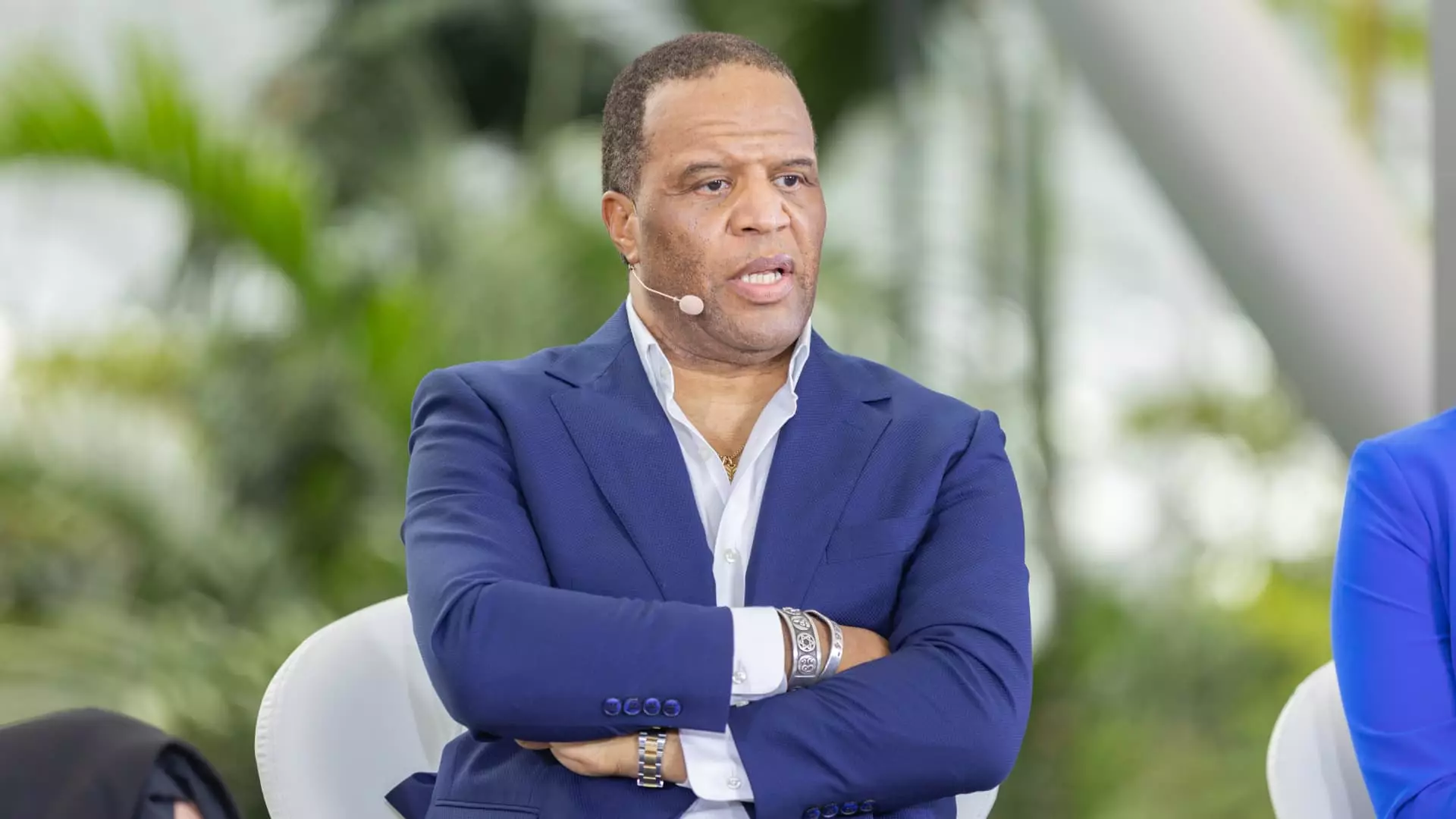Amid the rapid advance of artificial intelligence, a harrowing yet vital message emerges from the insights of John Hope Bryant, CEO of Operation HOPE. He asserts that the looming threat AI poses to jobs risks leaving behind those at the bottom of the socio-economic ladder. This trend is not merely an abstract concern for the future; it is unfolding before our very eyes. The call to action is clear: if governments and corporations fail to prioritize the upskilling of lower-tier workers and the younger generations, the consequences for society could be catastrophic.
The Veiled Consequences of AI Advancement
Bryant’s warning resonates deeply in a world where automation is rapidly replacing human labor. The eradication of jobs in sectors like retail and grocery stores is not a theoretical danger looming five years down the line; it’s an immediate crisis. He paints a world where individuals lacking advanced education and meaningful connections stand to suffer immensely. With today’s systems favoring efficiency over human labor, the working class, particularly those with just a high school education, finds themselves standing at a precipice of obsolescence. As AI technologies proliferate, it creates a societal environment reminiscent of a post-industrial landscape—where the economic divide threatens to snowball into an irreparable chasm.
Strategies for Economic Inclusion and Upward Mobility
Bryant’s insistence upon investing in upskilling should not just resonate as a policy suggestion—it ought to echo as a moral imperative. We live amidst a significant national debt exceeding $36 trillion, creating a fertile ground for fiscal despair. Instead of engaging in a vicious cycle of cuts that only perpetuate stagnation, we must entertain the radical idea of expanding opportunities. Why not look beyond traditional fiscal methods and embrace the potential of a highly skilled workforce? By fostering an environment that encourages corporations to create apprenticeships or internships focused on AI literacy, we could transform a desperate workforce into an empowered one, potentially boosting GDP by several percentage points yearly.
Moreover, Bryant’s idea of incorporating financial literacy and entrepreneurship into education as essential subjects deserves serious attention. In an economic climate where wealth begets wealth, empowering individuals with knowledge and capabilities has never been more crucial. If we can prepare the next generation to navigate the complexities of our new economic landscape, we not only create job seekers but innovators who can dismantle the cycles of poverty and disempowerment.
The Unsustainable Wealth Gap: A Call to Action
The widening chasm between the wealthy elite and the working class is not just a statistic; it’s a ticking time bomb that could explode with devastating consequences. The stark reality is that those at the top are accumulating more and more wealth, which further enriches their ability to generate even more wealth. This paradigm misrepresents the fundamental values of innovation and hard work that underpin our society. It is impossible to sustain an economy that thrives on the backs of its laborers while simultaneously marginalizing them. Bryant rightly warns that neglecting the need for inclusivity in economic growth, especially through upskilling initiatives, could foster societal unrest—not merely disappointment but actual conflict.
As we stand on the brink of transformative change propelled by AI, adopting a forward-thinking approach that entails integrating and uplifting every sector of our populace is paramount. The mantra should pivot from merely maximizing profits to fostering holistic growth that encompasses all tiers of society. This entails a collective commitment to ensuring that everyone, particularly the most disadvantaged, has access to the skills necessary for survival in this new world.
The gravest danger lies not in the prowess of AI itself, but in our failure to adapt alongside it. As we grapple with the integration of this technology into our lives, let us remember that economic progress divorced from social responsibility is a path toward inevitable turmoil. If we do not facilitate equitable growth, we risk creating a dystopian reality where machines thrive while humans suffer—an outcome we are all too capable of preventing. The onus is on us—policymakers, businesses, and communities—to make choices that reflect the values of inclusion and empowerment, for the fabric of our society depends on it.



Leave a Reply